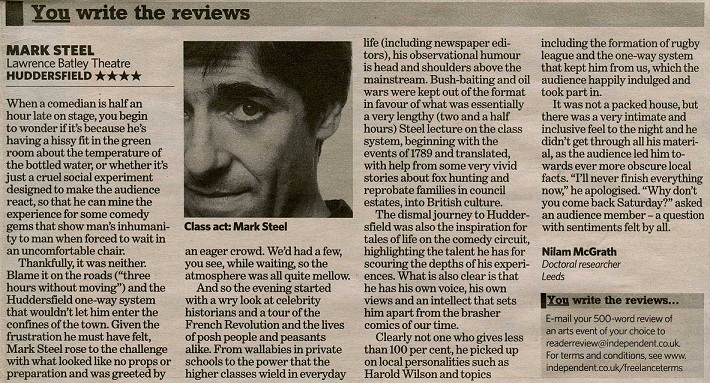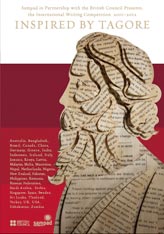This article was first published in April 2016 on LinkedIn Pulse.
Researchers are under increasing pressure to show the impact of our research, and there are heaps of theories, methods and associated manuals to help navigate the wealth of information out there about what we have to consider to create any impact, how we report impact, and everything in between. It can be a minefield, so sometimes it helps to take a breath and read around the subject.
A couple of books on the subject of impact have caught my eye recently, and with both I’ve been up into the wee hours reading, but then I am a geek. The first is Inside the Nudge Unit by David Halpern. The second is The Research Impact Handbook* by Mark Reed.
Inside The Nudge Unit gives us an insider’s view of how the Behavioural Insights Team (BIT), then part of the UK Government, came about and how they used psychology to influence citizen behaviour for the better, e.g. more taxes voluntarily paid up, more organ donors registered, more people off government benefits and into work. This team of carefully selected academics and psychologists became known as the Nudge Unit and they managed to influence policymakers using evidence from randomised control trials – the gold standard of design methodology (see the Alliance for Useful Evidence’s recent report for the low-down on methods). They had challenges (who doesn’t when working with policymakers), but broad backing too. This book is essentially a chronological account of how the BIT used their privileged access to influence even the staunchest of critics; their access to gatekeepers, elite circles and funding put them in an enviable position.
Not so for most of us, but all is not lost. Us lesser mortals can also have a significant impact with our research. Bravo then to Mark Reed for The Research Impact Handbook and the bods at Fast Track Impact for their resources. How very refreshing to read something that isn’t over-theorised, has common sense solutions running throughout, and is just so practical. I had a look at my own policy briefs when I finished reading and thankfully I meet Mark’s standards.
Mark Reed’s journey of how Fast Track Impact has grown is just as interesting as the core subject of the handbook. His stories of failure and embarrassment are a reminder that things can and will go wrong, and that building flexibility into a project is essential. Mark’s message is simple: creating impact is fundamentally about engagement; building trust amongst those you wish to represent, understanding the power that you may or may not have with different groups, being human and humble, and maintaining positive and constructive relationships with people along the way.
This is a robust, practical handbook, made all the more credible by the huge amount of research and lived experience upon which the content is based. Detailed suggestions from researchers and stakeholders are weaved throughout the book and there are many sections that you can implement straight away, particularly around early impact.
Read together, both books offer the psychology and the practical tools for researchers to create some impact in the short and longer term. Inside The Nudge Unit makes for a good read, but for something more practical, I recommend The Research Impact Handbook.*
*I reviewed the 1st edition in April 2016. The 2nd edition out now.

















